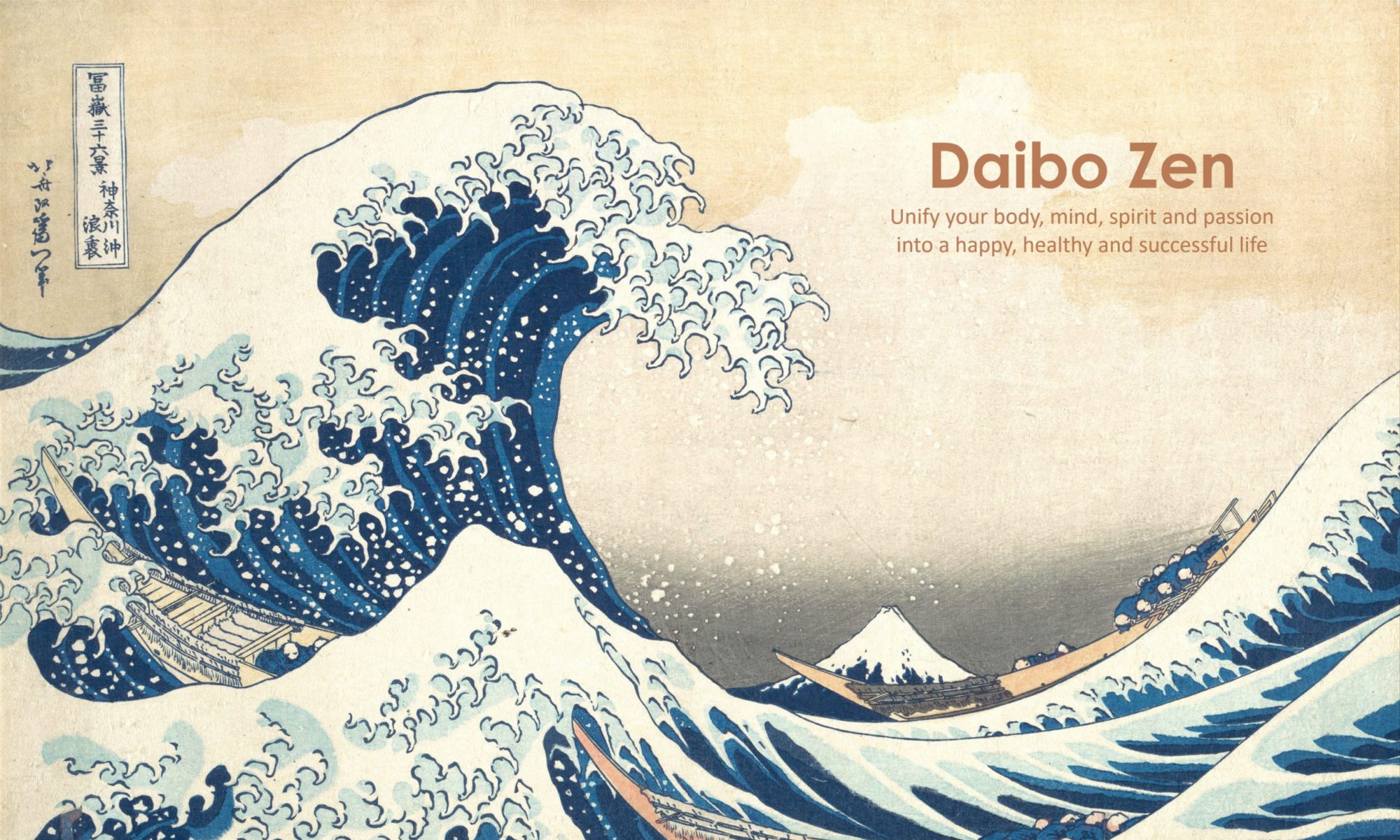
Postures
When you start meditating, find a space that is quite with muted light where you will not be disturbed during your session. Place a cushion or rug on the floor and then a sitting cushion on top of that. Create a sacred space for yourself if possible. There are many ways to sit during meditation. The most advanced way is sitting in the full-lotus posture. You put the foot of the right leg upon the left thigh and the foot of the left leg on right thigh. The biggest advantage of this way of sitting is that it guarantees the utmost stability with the both knees directly touching the ground, so that a broad, solid foundation is created. If the upper body is fixed this way, bodily movements are controlled, and thoughts are more effectively made quiet.
If this way of sitting is too difficult on account of the pain in the legs, you should try the half-lotus posture. Put the foot of the left leg over the right thigh. But if you are not used to crossing your legs when you sit, even the half-lotus can be difficult. Your knees may not equally touch the cushion, and you may experience pain. If this is the case, you can put a small cushion under each knee to alleviate the stress. In either the full-lotus or the half-lotus position, you may reverse the upper foot if the legs become too tired.
If you find the lotus-sitting too painful, a different suggestion would be to put one leg underneath the thigh of the other leg, which now simply lies in front of you on the mat. This is called the Burmese posture (this is the position I use). A still different way would be to use the traditional Japanese sitting posture with the buttocks on the heels and calves or you could use a small bench to sit on while you fold your legs under the bench. If any of these methods do not work, you could always use a chair. The most important point is that you keep your back erect and upright and your posture is comfortable so as not to become a distraction.
Other Considerations
A simple hand position to use during meditation is called the Cosmic Mudra. Put your right hand in your lap, palm upward, and place the left hand, again palm upward, on top of the right palm. The hands should not be far from your body but remain close to your abdomen. You can always switch had positions if that is more comfortable. Try to touch the tips of the thumbs to each other so that the palms and thumbs form an oval or a “chestnut” placed upside down. The thumbs and their nails should always be pointed upward.
Once the formal posture is correct, take a deep breath, hold it so for a moment, then let it quietly out. Do this a couple of times, always using your nose and not your mouth. After that, start breathing naturally and begin the meditation session. Start with a 5 minute session and then increase incrementally as you become more comfortable.
“Counting Breaths” Meditation
You now start with the concentration of your mind. You count both inhalations and exhalations. When you inhale, you count in your mind “one”; when you exhale, you count “two”; when you inhale again, you count “three”, and so forth, until you come up to “ten.” When you reach “ten,” you go back to “one,” counting up once again to “ten.” …. It is so simple – almost disappointingly simple.
How to Deal with Random Thoughts
Floating ideas, coming and going in your mind, are not bad things at all. They do not constitute any real impediment in your practice. Your mind lets various thoughts and images pass through since you are not sleeping. Please notice, however, that all these perceptions or thoughts do not form an obstacle to or lessen the value of your meditation at all – unless you label them “good” or “bad” and try consciously to chase them or to drive them out. This is an important point. If you want to pursue any of the sensations or ideas, then you stick to them. And that is indeed a distraction and your concentration is broken. If you try to expel the perceived objects or ideas, this also constitutes adherence to them, thus impeding your due concentration. Therefore, let all random perceptions and thoughts come up and go as they will. They are like clouds in the sky. Never keep company with them nor try to chase them out. Just keep concentrating upon counting your inhalations and exhalations.
